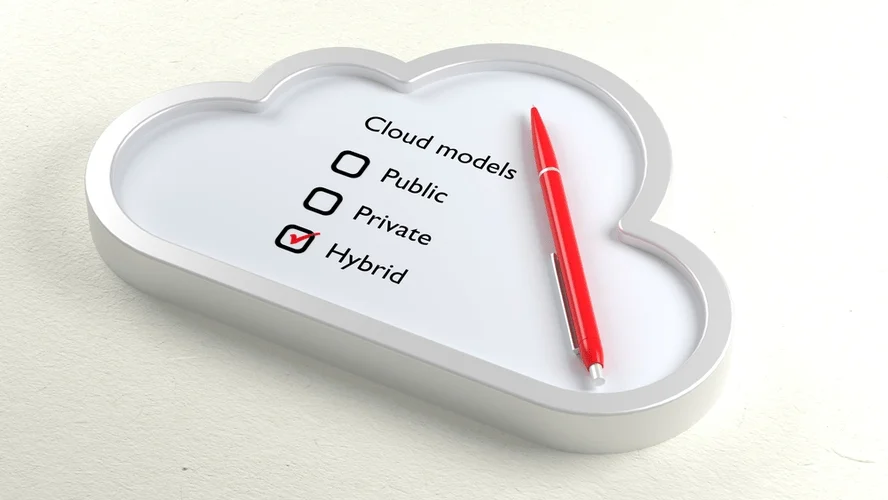The proposed approach avoids the shortcomings of other studying techniques. The result of making use of the suggestions of this work particularly improves the quality of the requirements specification and customarily software high quality. Necessities Engineering (RE) is concerned with the gathering, analyzing, specifying and validating of person requirements which are documented largely in pure language. The artifact produced by the RE process is the software program requirements specification (SRS) document. The success of a software project largely is determined by the standard of SRS documentation, which serves as an input to the design, coding and testing phases.
As a end result, the requirements classification turned a defining component of the requirements-engineering course of, though its primary results remained largely implicit. The requirements classification contributed to constraining the requirements-engineering process by supporting the software engineers in sustaining some degree of management over the process. The requirements classification is analysed in phrases of the complementary ideas of boundary objects and coordination mechanisms.

Requirement Inspection Participants (RIP) and Requirement Inspection Methodology (RIM). Although RIP is executed through writer, moderator, reader, inspector and recorder, however RIM is roofed through plan improvement, define design, preparation and reporting to ship general requirement defect. After mutual plan of action in identification, the inspection approach may be competent to deliver a big output within the type of requirement defect. The implementation of defect inspection technique would even be appreciated by trade, software program developers and innovators in future. Let’s start with something we will all agree on – a defect is one thing not working as it should. Now, we like to assume about defect-based testing as having radar for a certain kind of bug (or a specific flaw).

Structured Exploratory Testing – Methodology In Insanity
The examine also offers a benchmark for such an analysis and an higher certain on what we are able to anticipate computerized necessities high quality assessment tools to realize. The reported research is part of a bigger project on the applicability of NLP strategies to assess the standard of artifacts produced in RE. Small-scale classification schemes are used extensively within the coordination of cooperative work. This research investigates the creation and use of a classification scheme for handling the system necessities through the redevelopment of a nation-wide info system. This necessities classification inherited lots of its structure from the prevailing system and rendered necessities that transcended the framework laid out by the present system nearly invisible.
Defect-based Testing Strategies
The Nationwide Regulation Evaluation just isn’t a law firm nor is meant to be a referral service for attorneys and/or different professionals. The NLR does not want, nor does it intend, to solicit the business of anybody or to refer anyone to an attorney or other professional. NLR doesn’t reply legal questions nor will we refer you to an attorney or different skilled if you request such info from us. Jon Bach Quardev Laboratories, LLC Exploratory testing (AKA “ad hoc” testing) relies on tester instinct. Jay Wright is a associate in the firm’s Banking and Monetary Providers and Litigation follow teams.

Software metrics have been collected from four successive releases of a large legacy telecommunications system. A two-way ANOVA randomizedcomplete block design modeling strategy is used, by which the system release is treated as a block, while the modeling methodology is treated as a factor. Multiplepairwise comparisons are carried out to gauge the relative performances of the seven fashions for the price ratios of curiosity to the case study.
This research is worried with detecting defects in software requirements specification. Solely few attempts have been made to categorise defects and defect detection techniques. Scattered data about defects and defect detection techniques wants compilation and re-evaluation in order to enhance the ability to discover defects within the requirements part.
The objective of this paper is to evaluation and develop taxonomy of requirement errors, put together a listing of requirement errors for the evaluation. The list of requirement errors may assist the researchers to enhance their work in a systematic way and classify all requirement errors to extend the software quality. Defect taxonomies acquire and organize the area knowledge and project expertise of specialists and are a priceless instrument of system testing for several causes. They provide systematic backup for the design of exams, help selections for the allocation of testing assets and are a suitable basis for measuring the product and test quality. In this paper, we propose a way of system testing primarily based on defect taxonomies and examine how these can systematically improve the efficiency and effectiveness, i.e. the maturity of requirements-based testing. The technique is evaluated by way of an industrial case examine based on two initiatives from a public health insurance institution by evaluating one project with defect taxonomy-supported testing and one without.
Also, taxonomies could be linked with risk situations that have to be addressed whereas testing. In this paper, we current the appliance of a clustering algorithm to exploit lexical and syntactic relationships occurring between natural language requirements. Our experiments carried out on a real-world data set highlight a correlation between clustering outliers, i.e., necessities which are marked as “noisy” by the clustering algorithm, and necessities presenting “flaws”.
Additional, we report on how nicely a number of current machine studying methods perform for automated classification of NFRs into sub-categories such as usability, availability, or performance. Our research is performed on 625 requirements provided by the OpenScience tera-PROMISE repository. We found that our preprocessing improved the performance of an current classification method. We additional discovered important differences in the performance of approaches similar to Latent Dirichlet Allocation, Biterm Topic Modeling, or Naïve Bayes for the sub-classification of NFRs. Most software quality research has centered on figuring out faults (i.e. information is incorrectly recorded in an artifact). Because software still displays incorrect habits, a unique approach is required.
- Subsequently, we designed and performed an experiment to evaluate the e ect of di erent detection strategies on the probability of detecting defects in a software program speci cation doc.
- They provide systematic backup for the design of checks, help selections for the allocation of testing resources and are an acceptable basis for measuring the product and check high quality.
- Think About the defects you wish to target and their stage of detail.
- The method assumes that difficult necessities contain more actual and potential design faults/defects.
- The implementation of defect inspection method would also be appreciated by industry, software program builders and innovators in future.
This distinction between the written requirements specification and the oral discussions on the meetings could help explain software program engineers’ general preference for folks, somewhat than paperwork, as their information sources. Software metrics-based quality classification fashions predict a software program module as either faultprone (fp) or not fault-prone (nfp). Timely application of such fashions can help in directing high quality enchancment efforts to modules which would possibly be more probably to be fp during operations, thereby cost-effectively using the software program high quality testing and enhancement sources. Since several classification strategies can be found, a relative comparative study of some generally used classification techniques may be useful to practitioners.
As An Alternative of utilizing the standard necessities docs or the use cases, we use the defects to base take a look at cases. A defect taxonomy is a technique of gathering indications of downside areas. As the diploma of compliance of quality necessities mainly induces the acceptance and success of a system, special emphasis ought to be laid on the elicitation, specification and validation of quality necessities. Present necessities definition strategies, however, mainly concentrate on objects, features, and states. This paper proposes an integrated treatment of requirements (functional as well as high quality Software Development Company and economic requirements) based on a faceted and adaptable classification strategy. Potential influence and relevance of this classification technique might be outlined.
The introduction part of both the Final and Proposed Defect Taxonomies state that a Mortgagee might present supporting documentation by way of the Mortgage Evaluation System (LRS) to rebut any Finding or severity determination underneath the Defect Taxonomy. As a outcome, this limitation on the rebuttal process could be a future reason for Mortgagee concern. The basic goal of a defect taxonomy is to reduce the variety of product defects that reach customers. Although this objective could be completed by implementing excessively long beta and internal testing using certain units of customers as “permanent” beta … The Defect Taxonomy has common definitions of what constitutes both a Tier 1 or Tier four defect.
